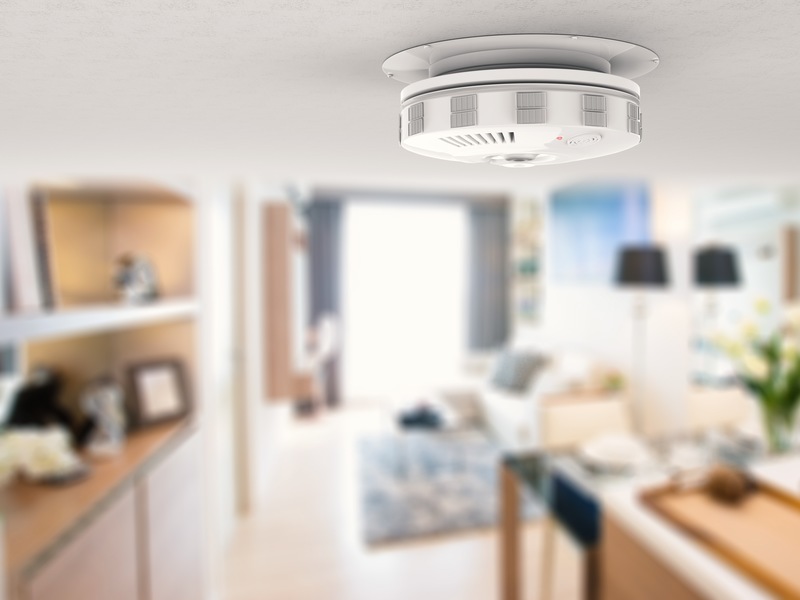
As kids across the country head back to school this season, we can all stand to do some learning of our own—especially as it pertains to fire safety for our families, homes and businesses. Read on to learn five helpful facts that may protect you during an unexpected fire situation.
The majority of fire-related fatalities happen in homes with no smoke alarms (or out-of-order alarms)
Unfortunately, three out of five fatalities due to fire happen in homes lacking a working smoke alarm. This potentially life-saving device is easy to overlook in the course of our everyday, busy lives, but they could not be more essential. Ensure that your home (as well as the homes of any loved ones) is protected by this simple device.
Smoke alarms should be tested monthly, and replaced every ten years
Of course, as we mentioned, it is not enough to simply have fire alarms on hand. Test them monthly and replace every ten years to ensure that yours are in good working order. (Also, the National Safety Council recommends keeping your smoke alarms at least ten feet away from the kitchen. This will help you avoid “false alarms,” or alarms caused by the course of normal kitchen cooking; it will also help ensure that your family learns to associate the sound of a smoke alarm with a very real, actual danger.)
Closing doors behind you can help improve fire safety
Have you ever heard the phrase “close before you doze?” In the event of a fire, a closed door can slow down a rapidly spreading fire (as well as the associated spread of dangerous fumes), so make a habit of closing doors behind you, and keeping your door closed as you go to sleep.
Remember PASS for fire safety
Another helpful reminder is PASS. This acronym stands for the directions on how to use a fire extinguisher, detailed by the National Safety Council as:
“ - Pull the pin.
- Aim low at the base of the fire.
- Squeeze the handle slowly.
- Sweep the nozzle side to side.”
An escape plan is essential
Don’t wait for a potential fire to start to have a safety plan in place. Talk with your family about what you will do (and where you will go) should a fire arise in the house. Are your escape windows and doors easy to open in the event of an emergency? Do young children know not to hide during a fire—and instead, follow the escape plan themselves? These simple questions can turn out to be life-saving should the unexpected ever occur.
We hope that these tips help promote peace of mind and fire safety—at home, work and beyond. As the premier provider of fire protection insurance, we are here to help safeguard the equipment that homes and businesses use for fire safety every day. Contact us today to learn more.